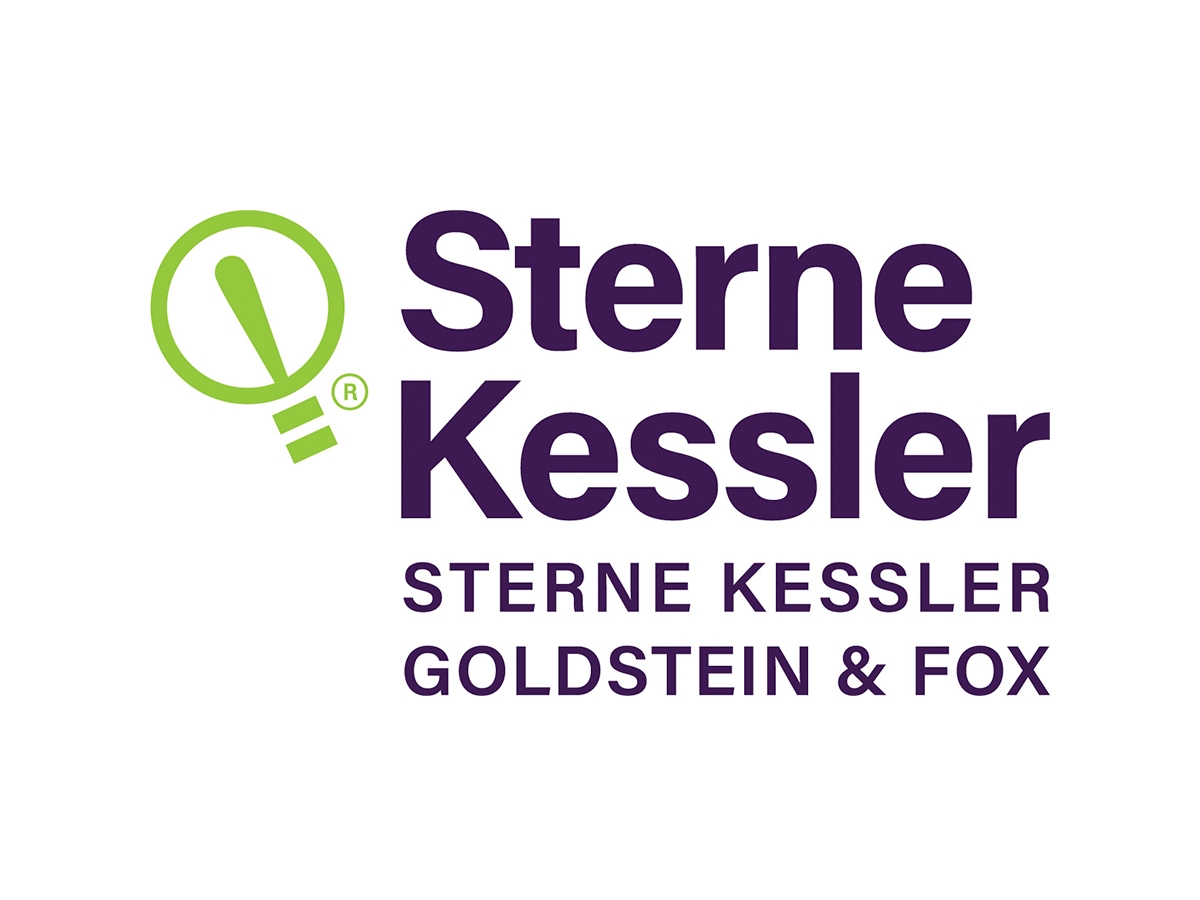PTAB Strategies and Insights Newsletter: May 2022: Split panel weighs general skepticism differently in obviousness study | Stars, Kessler, Goldstein & Fox PLLC
In a recent statement by the Federal Court of Justice Auris Health, Inc. v. Intuitive Surgical Operations, Inc., Case 2021-1732, the panel split on the weight of general industry skepticism in an evidence analysis and disagreed on whether it should be weighted in the main evidence analysis or only as part of the secondary consideration analysis. In the separate decision, Judge Prost, writing for the majority, cleared the case and remanded the case back to the board, believing that general industry skepticism alone is not enough to disprove the obvious. Slip Op., p. 7
In this case, there are five claims relating to the exchange of instruments for surgical robotic systems. Slip Op., p. 2. Auris requested adversarial examination of Intuitive’s allegations as not patentable because of obviousness. ID. Auris claimed that Smith and Faraz are prior art references, with Smith being directed to a remote exoskeleton controller for a robotic surgical system and Faraz to an adjustable support stand holding surgical instruments. Slip Op., p. 3-4 In the Board’s final written decision, the Board “determined that the combination of prior art asserted by Auris [] any limitation of the contested claims disclosed.” Slip Op., p. 3. However, the parties disputed whether “a professional would have been motivated to combine the references”. ID. Auris argued that “a skilled craftsman would be motivated to combine [the references] to reduce the number of assistants needed during the operation[,]’ while Intuitive argued that there would have been no motivation for a combination due to general industry skepticism because ‘surgeons were skeptical about performing robotic surgery’. Slip Op., p. 5. The board sided with Intuitive on this issue and concluded that there was a lack of motivation for a merger and Auris appealed the decision. Slip Op., p. 2.
Here, for the sake of clarity, the majority has framed their analysis in terms of a “should have” question – “[t]The study on combination motivation asks whether an experienced craftsman “not only could have made the combinations, but would have been motivated to do so. . . of the prior art to arrive at the claimed invention.” Belden Inc. v. Berk-Tek LLC, 805 F.3d 1064, 1073 (Federal Circ. 2015).” Slip Op., 5 (emphasis added). The majority then formulated the skepticism inquiry only as a secondary consideration question and a question requiring the skepticism to be “specific to the invention, not general to the field”. Slip Op., 6. The court found that while the board “acknowledged Intuitive’s vague opinion that at the time of invention there was great skepticism about performing telesurgery” to find “an experienced craftsman,” “not compelled.” would have been to further complicate Smith’s system’” which was not sufficient for the board to establish the non-obvious. ID. Unwilling to make a finding of fact on concurrent evidence affecting the purpose of the combined reprimands, the court of first instance was vacated and remanded in custody. ID.
In contrast, Justice Reyna disagreed with at least two premises of the majority decision: (1) that the general skepticism of the industry can never support the finding that there is no motivation to combine, and (2) the majority’s “inflexible and rigid” view that ” it ‘inadmissible’ for the Board to consider evidence of craftsmen’s skepticism about robotic surgery in determining the motivation for the combination.” Slip-Op. Contradiction, 2-3.
First, the dissent provided a detailed list of expert testimonies submitted to the board, noting that each piece of evidence met the essential standard of proof and should be used to support the board’s decision on non-obviousness. Ibid, 2.
Second, the dissent discussed why the majority categorization of skepticism as a secondary inquiry is wrong. Id., at 4. More than that, why the delegation of the majority’s investigation of the secondary consideration of being of lesser value than the investigation of the core evidence was wrong. ID. For the latter, Judge Reyna drew on three cases to show that all four Graham factors carry equal weight in the obviousness investigation: Apple Inc. versus Samsung Elecs. Co., 839 F.3d 1034, 1048 (Fed. Cir. 2016) (en banc) (“A determination of whether a claim is patently invalid under Section 103 requires consideration of all four Graham factors, and it is a Errors come to an obvious conclusion until all these factors are taken into account.”); Pro-Mold & Tool Co. v. Great Lakes Plastics, Inc., 75 F.3d 1568, 1573 (Fed. Cir. 1996) (“It is the secondary considerations that are often most conclusive and determinative of the ultimate conclusion of obviousness or non-obviousness. The district court has no reason stated that ProMold’s evidence for sub-considerations was apparently disregarded; this was an error of law.”); and Mintz v. Dietz & Watson, Inc., 679 F.3d 1372, 1378 (Fed. Cir. 2012) (“These objective guides are powerful tools for courts faced with the difficult task of avoiding unconscious reliance on hindsight.”) .
Bring away:
When evidence of industry skepticism is presented to show a lack of motivation to combine references, this case suggests that the best course of action is to present skepticism specific to the invention and in combination with other evidence that one Show a lack of motivation to combine.


Comments are closed.